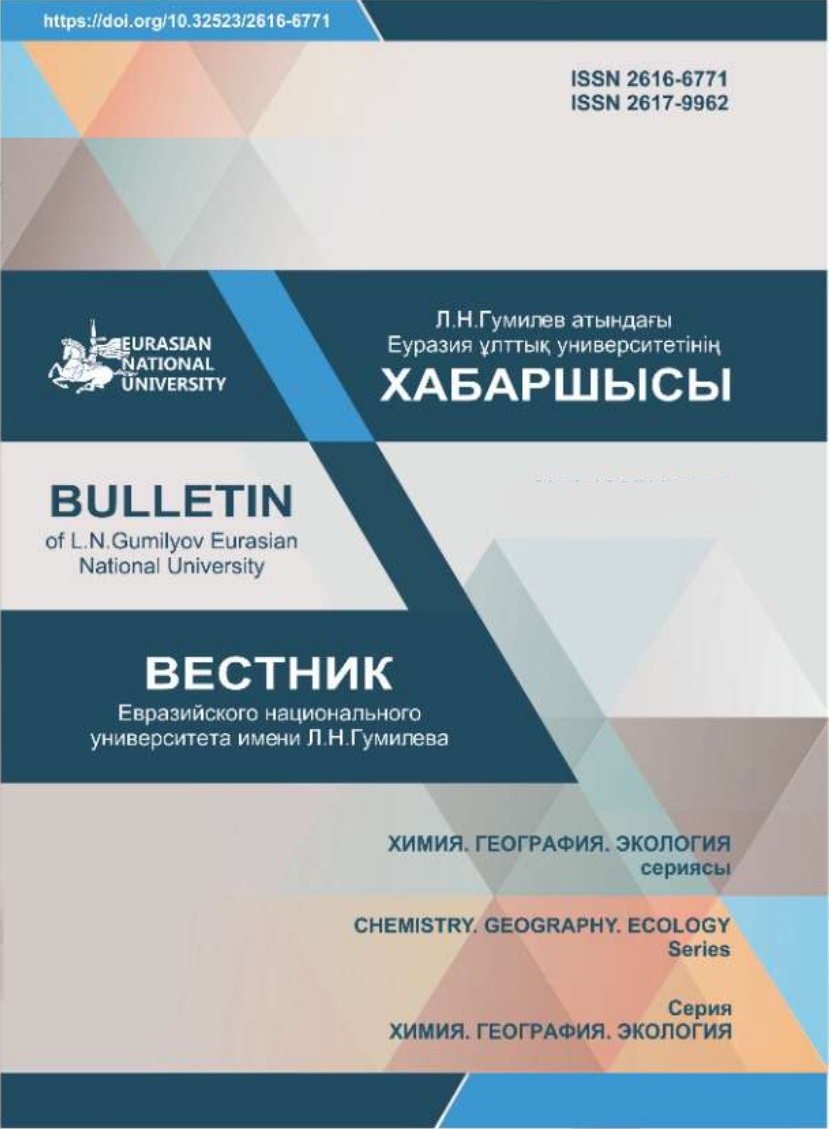Secondary metabolites of plants possessing antimicrobial and antibacterial activity against pathogens of brucellosis, pasteurellosis
Views: 184 / PDF downloads: 144
DOI:
https://doi.org/10.32523/2616-6771-2019-126-1-16-20Abstract
The article presents a General overview of the world works on plant secondary metabolites, plant extracts with
antimicrobial and antibacterial activity against pathogens of brucellosis, pasteurellosis. The ethnopharmacological and ethnoveterinar researches show that Afzelia africana, Crossopteryx febrifuga, Albizia chevalieri, Khaya senegalensis, Mangifera
indica, Entada africana, Parkia biglobosa, Vitellaria paradoxa, Tamarindus indica, Euphorbia unispina, Piliostigma thonningiiа and a mixture of plants Prosopis africana, Mangifera indica and Microcarpum Detarium are effective for the treatment
of pasteurellosis of cattle; Aloe trichosantha, Bourreria orbicularis, Silene macrosolen, Cadaba rotundifolia, Acacia tortilis,
Indigofera articulata, Acalypha indica, Ziziphus mauritiana - brucellosis; for the treatment of two infections - Balanites aegyptiaca, Acalypha fruticosa. Secondary metabolites of Callistemon citrinus plant extract, which possesses high biological activity
against brucellosis, were investigated by gas chromatography-mass spectroscopy. As a result, 25 compounds were identified. The
largest number of secondary metabolites is 11-ketopropogesterone (11.83%); pregnan-20-one,5,6-epoxy-3,17-dihydroxy-16-methyl
(11.830%); 11-0xo-9-thiocyanato-testosterone (12.203%).








